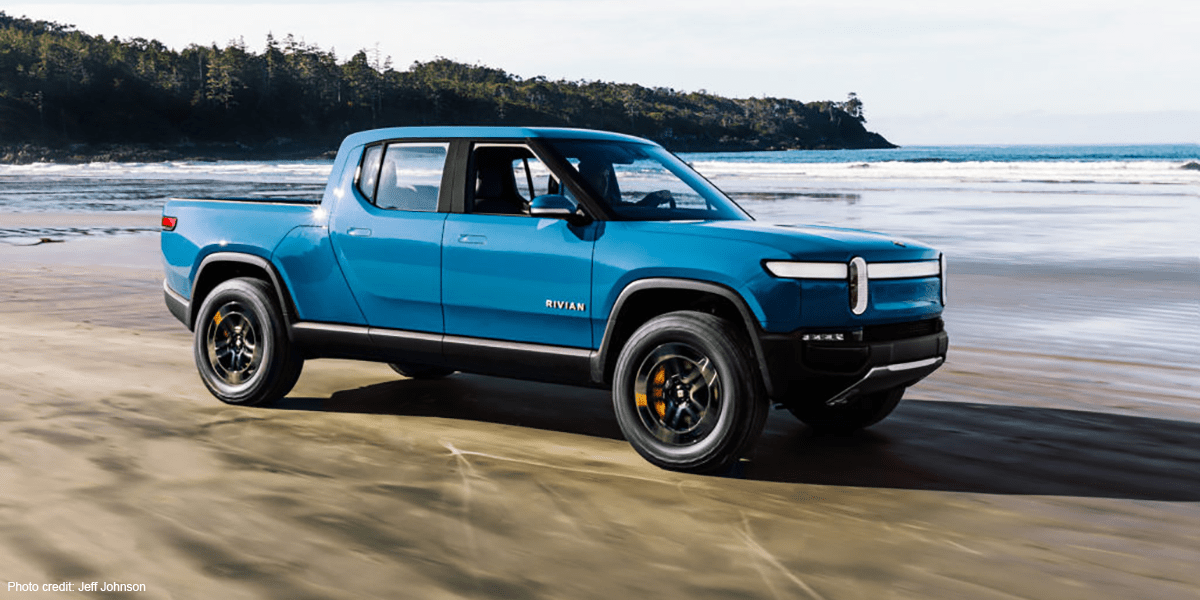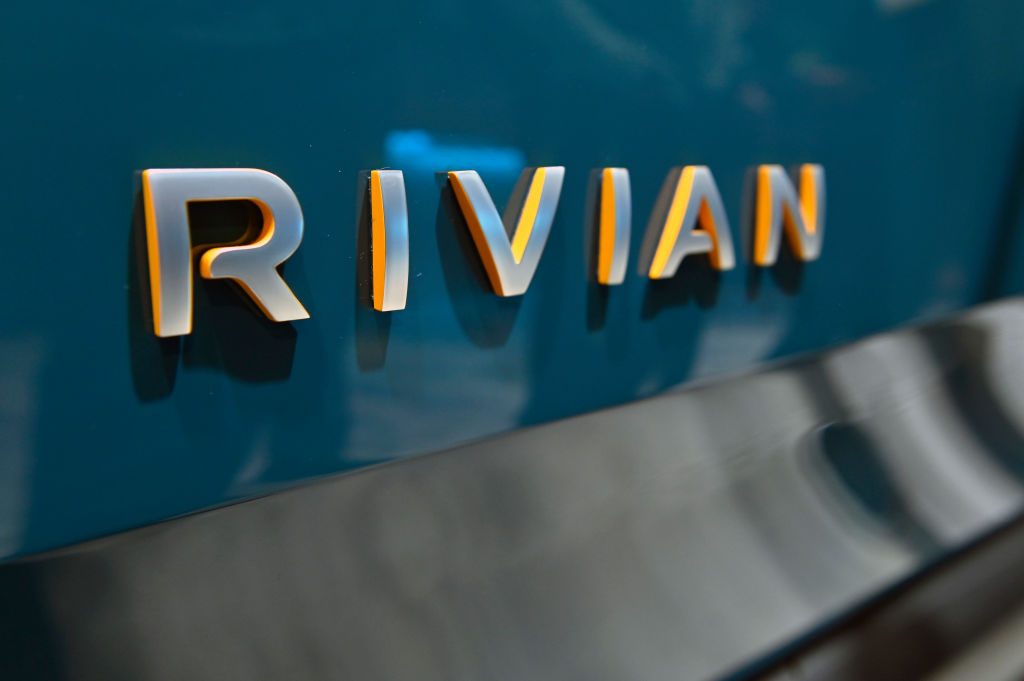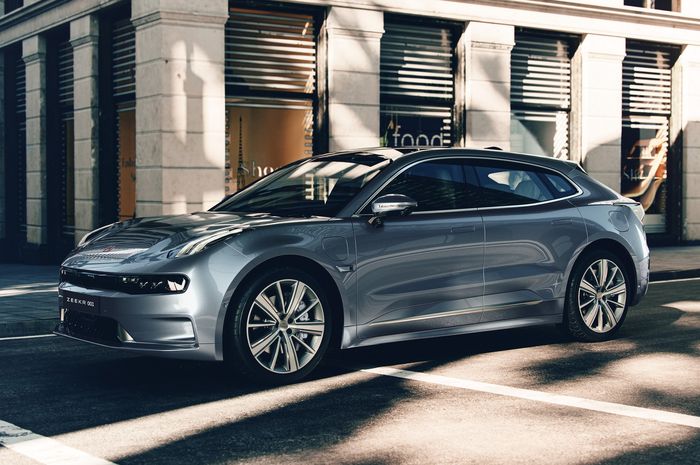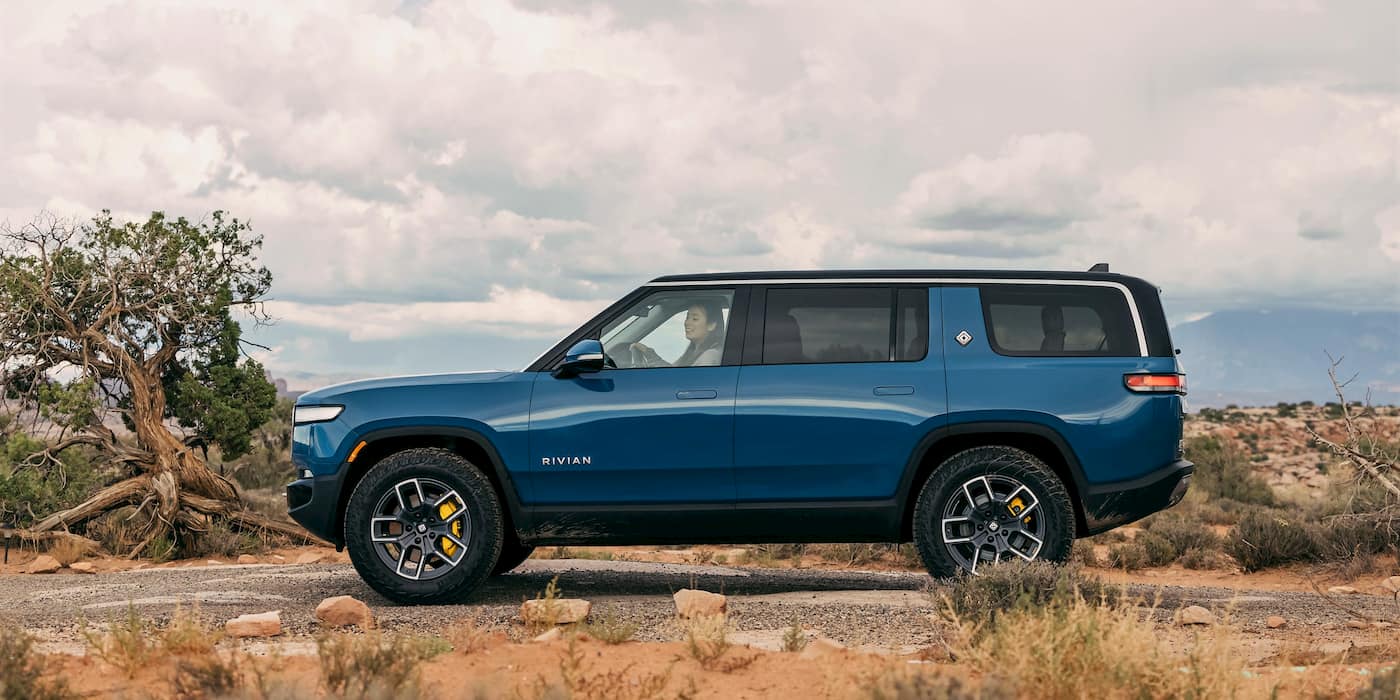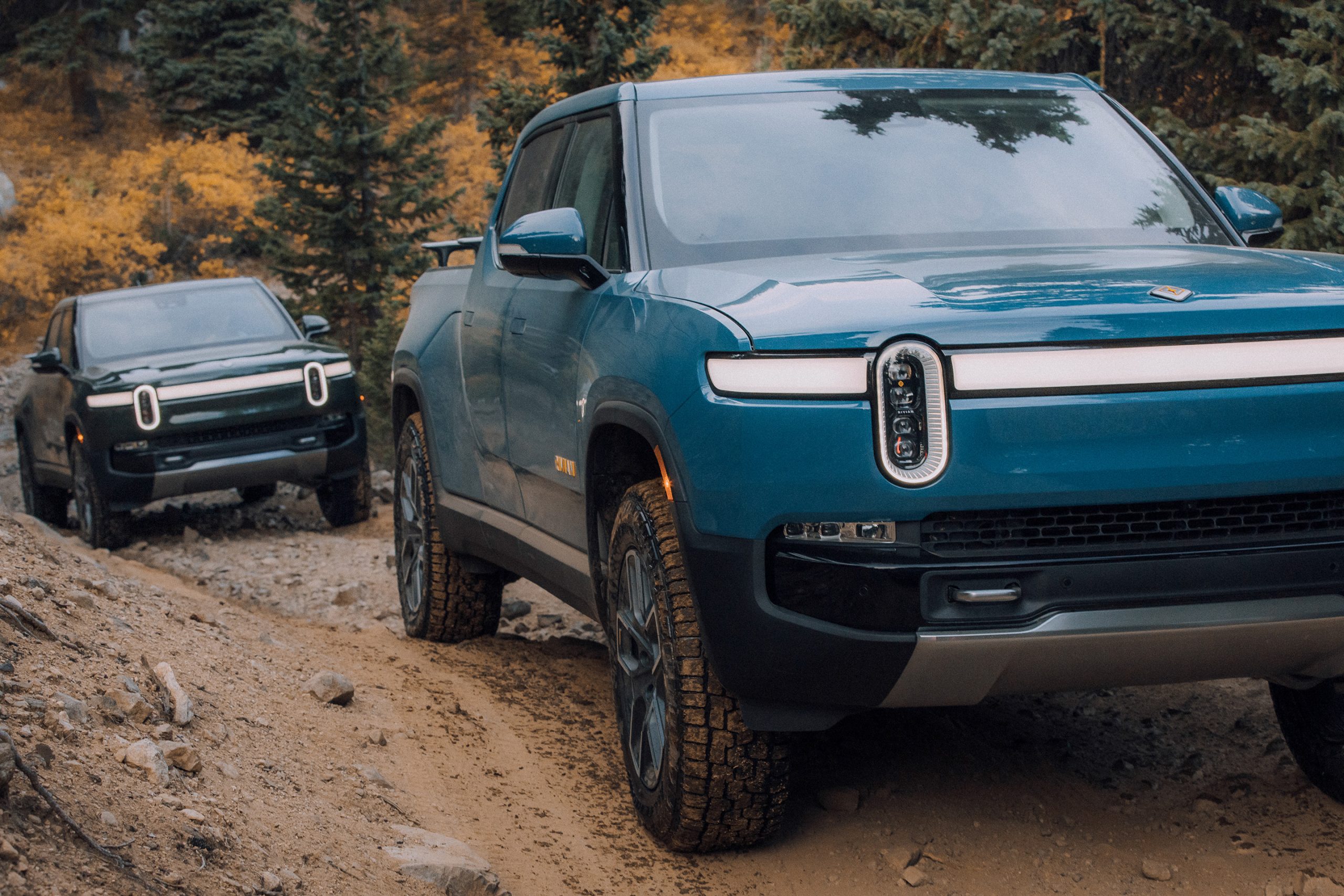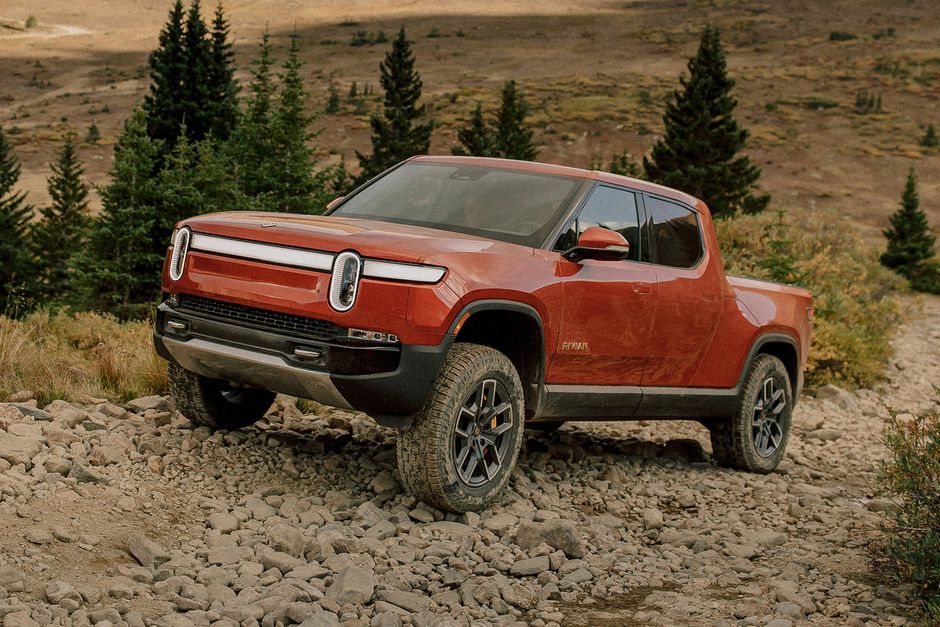In a recent earnings call, Rivian’s CEO RJ Scaringe emphasized the company’s unwavering commitment to maintaining its pricing strategy, even as competitors resort to price cuts in the electric vehicle (EV) market. The announcement comes as Rivian experiences robust demand for its R1T pickup and R1S SUV models, positioning the company uniquely in the EV landscape.
During the second-quarter earnings call held on August 8, Scaringe asserted that Rivian was steadfast in its decision not to succumb to market pressure and engage in price reductions to bolster sales. Unlike its contemporaries such as Tesla and Lucid, which have opted for price cuts to stimulate demand, Rivian has chosen to rely on the sustained strength of its product offerings.
Addressing concerns raised by an analyst about potential price reductions, Scaringe explained that Rivian’s R1 products are characterized by a wide-ranging price spectrum. He pointed out that the diverse array of vehicle configurations available can substantially influence the final price point, allowing for flexibility in meeting customer preferences.
See also: Comparison Between Tesla Cybertruck and Rivian R1T Reveals Size Differences Ahead of Deliveries
“We take a calculated and thorough approach to determining our vehicle pricing. Our considerations encompass product positioning, the vehicle’s on-road and off-road capabilities, dynamic performance, and the comprehensive feature set. This meticulous approach reinforces our confidence in the current positioning of our products,” Scaringe stated.
The entry-level dual-motor Rivian R1T is currently priced at $74,800, while the base model of the R1S SUV starts at $79,800, both figures inclusive of shipping costs. Premium variants equipped with larger battery capacities, four motors, and advanced features can approach the $100,000 mark.
It is noteworthy that both the R1T and R1S dual-motor models qualify for a federal tax credit of up to $7,500. This incentive is applicable due to their production in the United States using locally sourced battery materials, coupled with their initial Manufacturer’s Suggested Retail Prices falling below the $80,000 threshold.
Scaringe affirmed that Rivian has a substantial backlog of orders, indicating that meeting demand will require several months of production at current rates. While the company no longer discloses the precise number of outstanding orders, Scaringe assured that the backlog extends well into 2024.
“Our confidence in the persistent demand is unwavering. We possess a comprehensive outlook for the foreseeable future, with a solid backlog that extends into 2024,” Scaringe responded when questioned about demand trends, a stark contrast to some of Rivian’s EV competitors facing declining demand. He also underscored the resilient demand for used Rivian vehicles, as evidenced by their strong resale values.
See also: Tesla and Rivian Legal Dispute Heads to Trial Over Alleged Trade Secret Theft
“Our R1 products within the truck and SUV segments consistently retain remarkable resale values, outperforming counterparts regardless of whether they are electric or combustion-powered. This underscores the robust demand for our vehicles,” Scaringe emphasized.
In light of improved supply chain dynamics, Rivian has revised its production outlook for 2023, raising the anticipated vehicle count from 50,000 to 52,000 units. The company surpassed expectations by delivering 12,640 vehicles in the April-June period, surpassing analysts’ predictions of 11,000 units.
Scaringe reiterated Rivian’s focal point of scaling up production at its manufacturing facility in Normal, Illinois, while concurrently implementing cost-saving measures across the business to pave the way for sustained profitability.
In its Q2 financial report, Rivian disclosed a net loss of $1.2 billion, a reduction from the $1.7 billion loss recorded during the same period last year. The company’s revenue tripled to $1.1 billion, reflecting its burgeoning market presence. Rivian also anticipates a narrower operating loss in 2023.
As Rivian navigates the evolving landscape of the EV sector, its resolute stance against pricing pressure sets it apart in an industry grappling with competitive dynamics. With a strong demand outlook and strategic production expansion, Rivian’s trajectory remains an engaging narrative to observe in the realm of electric mobility.

